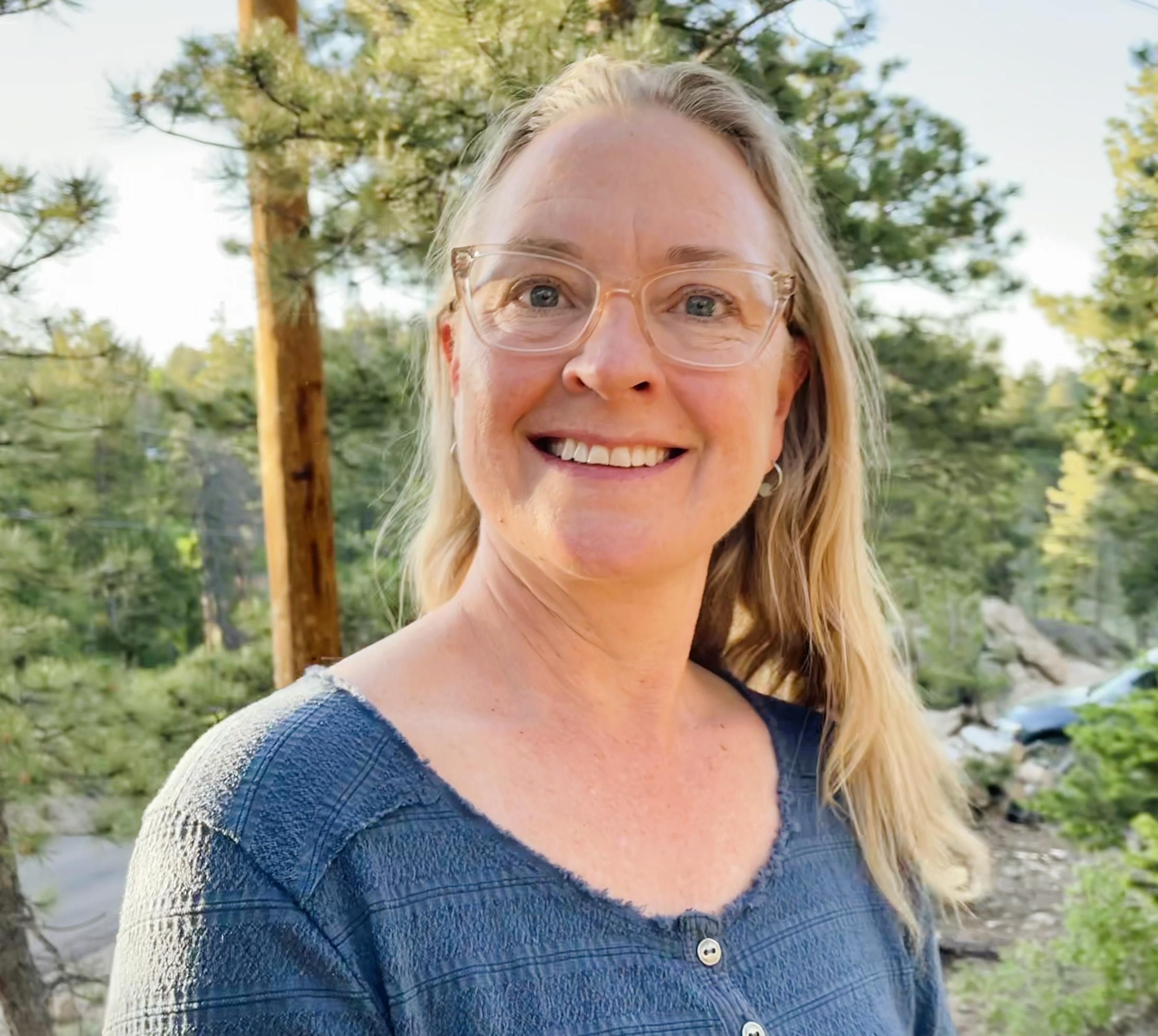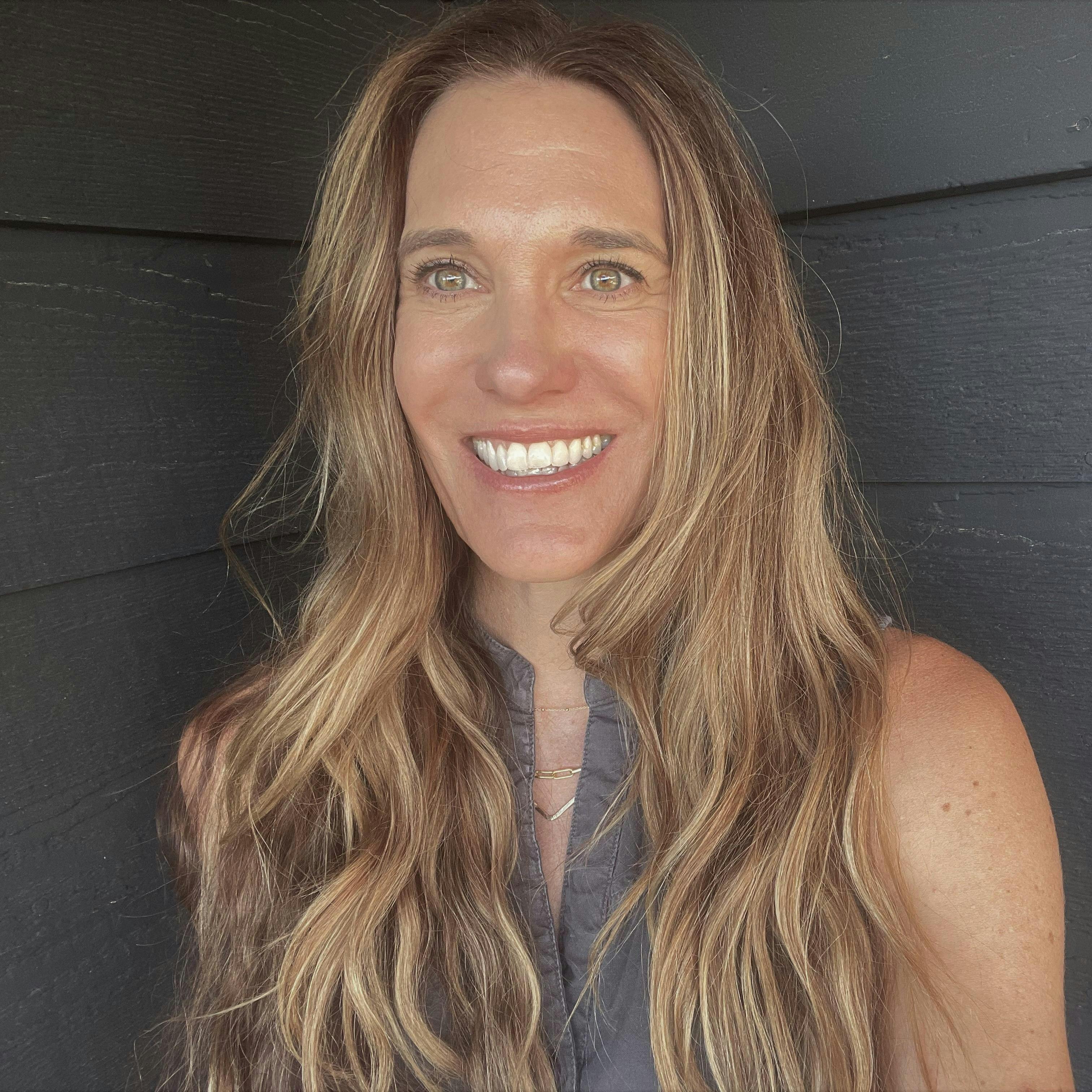Fort Chambers / Poor Farm Site Planning

The City of Boulder is collaborating with Tribal Representatives and seeking input from community members to design an interpretive experience at the Fort Chambers / Poor Farm site. The interpretive experience will share the history surrounding the site and provide spaces for learning and reflection.
The 113-acre Fort Chambers/Poor Farm property is historically significant due to its ties to the Sand Creek Massacre, and is also rich in ecological and agricultural value. Detailed information about the site’s background can be found on the Fort Chambers / Poor Farm Site Information Story Map.
The City of Boulder is currently Identifying a vision for the Interpretive Experience along the proposed “Healing Trail”, a key element of the Concept Plan developed with Arapaho and Cheyenne Tribal Representatives last year.
This phase of the project builds on community input gathered earlier this year where community members shared ideas, stories, and perspectives for interpretative elements and helped determine which ideas, stories or themes were most important to be featured along the planned “healing trail.” Previous input can be viewed in the August 2025 Open Space Board of Trustees Memo Packet.
Thank you to everyone providing input to help shape the future interpretive experience at this site.
Share Your Fort Chambers / Poor Farm Story:
In order to share your idea or story, start below by adding a title. Full text formatting is available, and you are able to share links, images and videos by clicking on the icons shown here:
Old photographs, diary entries, and historical writings are also welcomed to help us broaden our understanding of Boulder’s history and the land. |
The goal of this exercise is to understand what teachings and experiences people desire for the new Healing Trail. All submissions should be relevant to the history or context of the area and acceptable for sharing publicly. No threats, forms of intimidation, obscenities or racial epithets will be accepted (historic, primary sources excepted). Unacceptable responses will be rejected (you will be invited to revise your submission and resubmit following these guidelines). |
If you are interested in sharing general feedback about this project or the design process, please use the Comment Form instead of this webpage. Questions or concerns can be directed to the Fort Chambers / Poor Farm project team, whose contact information is located on the top-right of this page. |


